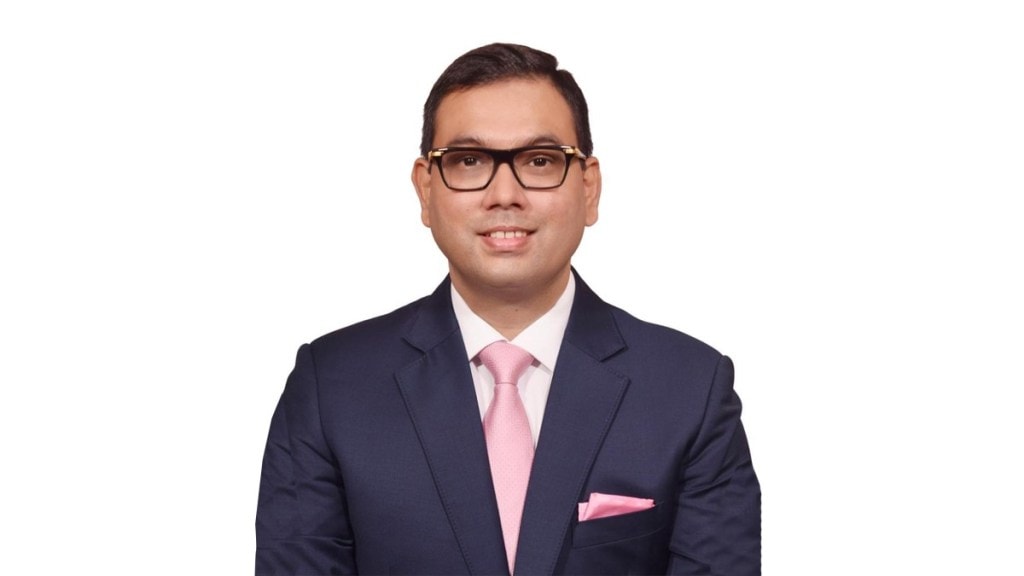Muthoot Microfin’s net profit fell over 50% year-on-year to Rs 31 crore in the second quarter, as cautious lending led to lower interest income. CEO Sadaf Sayeed tells Narayanan V about the lender’s disbursement plans for the rest of the fiscal, the stress scenario in the microfinance space, and its asset diversification strategy. Excerpts:
Has the stress in the microfinance segment improved?
I believe the stress has peaked, and the sector is now on a recovery path. In our case, we have been seeing improvement since the last quarter. Our profit has jumped fivefold to Rs 31 crore sequentially, while total income rose to Rs 577 crore from Rs 559 crore. On a sequential basis, it’s a complete turnaround. Our credit cost, which was as high as 9.4% in the previous financial year, dropped to 4.3% in Q1 and further reduced to 3.6% in the current quarter—below our guided range of 4–6%. All these indicate that the challenges in microfinance are now largely behind us. We are now focused on growth and improving asset quality.
Were your disbursements flat at ₹2,274 crore?
Our disbursements grew 28% quarter-on-quarter, and we expect this momentum to improve further in the coming quarters. That said, we’ve been cautious. Until last financial year and even in the first quarter of this year, we followed a very calibrated approach to lending. If you compare with the industry, overall microfinance disbursements have declined from about Rs 4.4 lakh crore to Rs 3.32 lakh crore, a 25% drop of roughly Rs 1.1 lakh crore. In contrast, we have maintained our AUM. Our gross loan portfolio grew 2.5% sequentially to Rs 12,558 crore. We have also diversified our product mix. Alongside Joint Liability Group (JLG) loans, we now offer individual loans, loans against property (LAP), and gold finance. Of the Rs 2,274 crore disbursed this quarter, around 10% was non-JLG loan products.
What is your asset diversification strategy?
Earlier, 75% of qualifying assets had to be in microfinance, with the remaining 25% in non-qualifying assets. Of that, around 10% typically went into cash and cash equivalents, leaving only about 15% scope for diversification. The regulation now requires the minimum qualifying microfinance assets for NBFC-MFIs to be 60%. In the short term, we expect 10–15% of our assets to be in non-JLG products by the end of this financial year. Over the long term, we are targeting a 70:30 mix between microfinance and non-microfinance assets.
Have gross NPAs risen to 4.6% from 2.7% in Q2FY25?
We have tightened our credit policy. Earlier, we relied on the Equifax scorecard, but we have not developed a scorecard for better underwriting through our in-house model. Additionally, our diversification into individual loans, gold loans, and LAP will help improve asset quality.
Our GNPA has already started to decline — from 4.8% to 4.6% quarter-on-quarter. Credit cost has also reduced, and our provision coverage has improved to 70%. Overall, things are moving in the right direction. We expect GNPA to fall below 4.5% next quarter and below 4% by the end of the financial year.
What are your disbursement plans for the second half of the year?
We plan to disburse around Rs 6,000 crore in the remaining half of the financial year. Typically, about 40% of disbursements happen in the first half and 60% in the second. So far, we’ve disbursed around Rs 4,000 crore, and we expect another Rs 6,000 crore in Q3 and Q4 combined. On the resource side, we already have about Rs 3,500 crore in sanctioned limits and plan to raise Rs 3,000 crore or more through external commercial borrowings (ECBs), non-convertible debentures (NCDs), term loans, pass-through certificates (PTCs), and direct assignments (DA).

